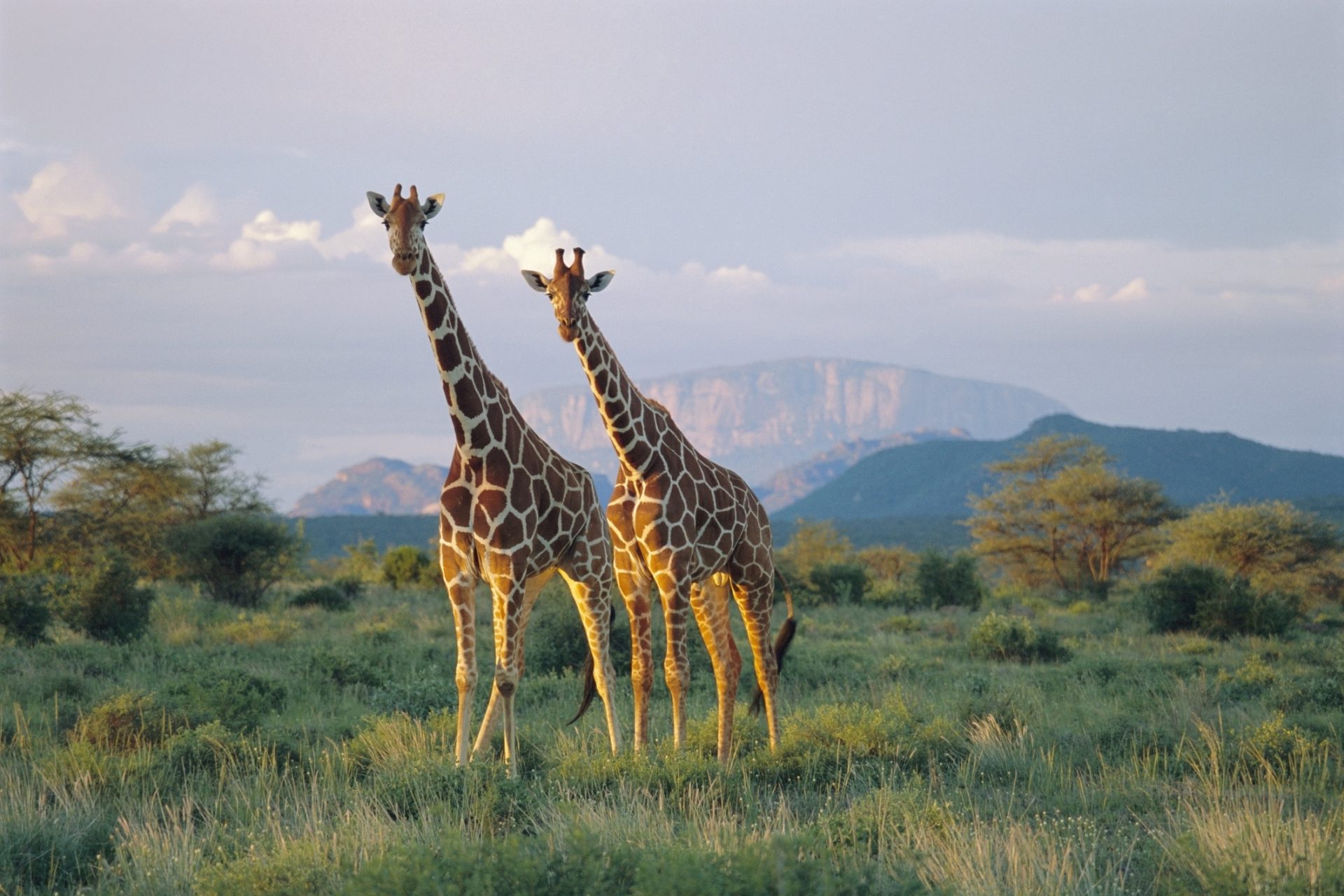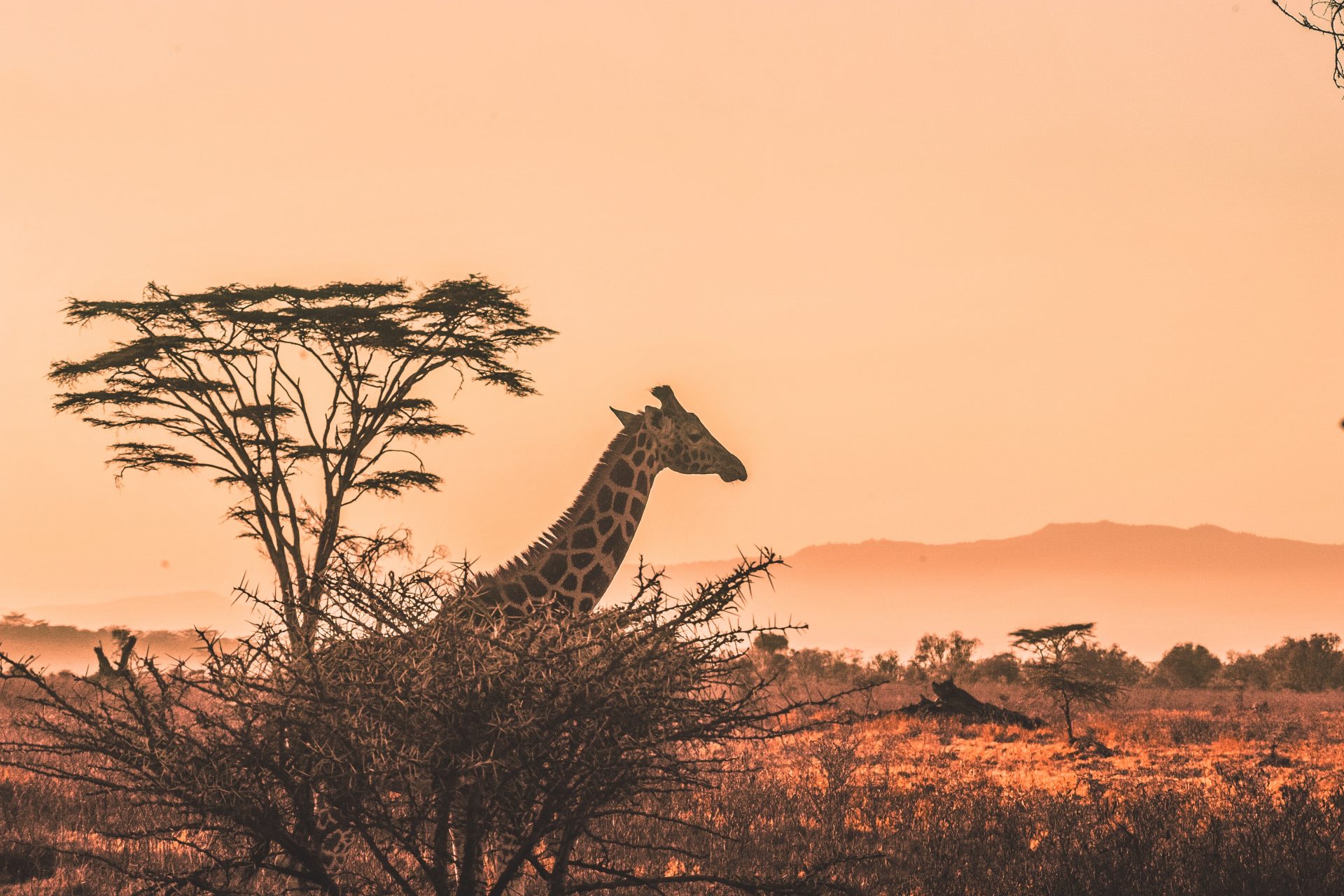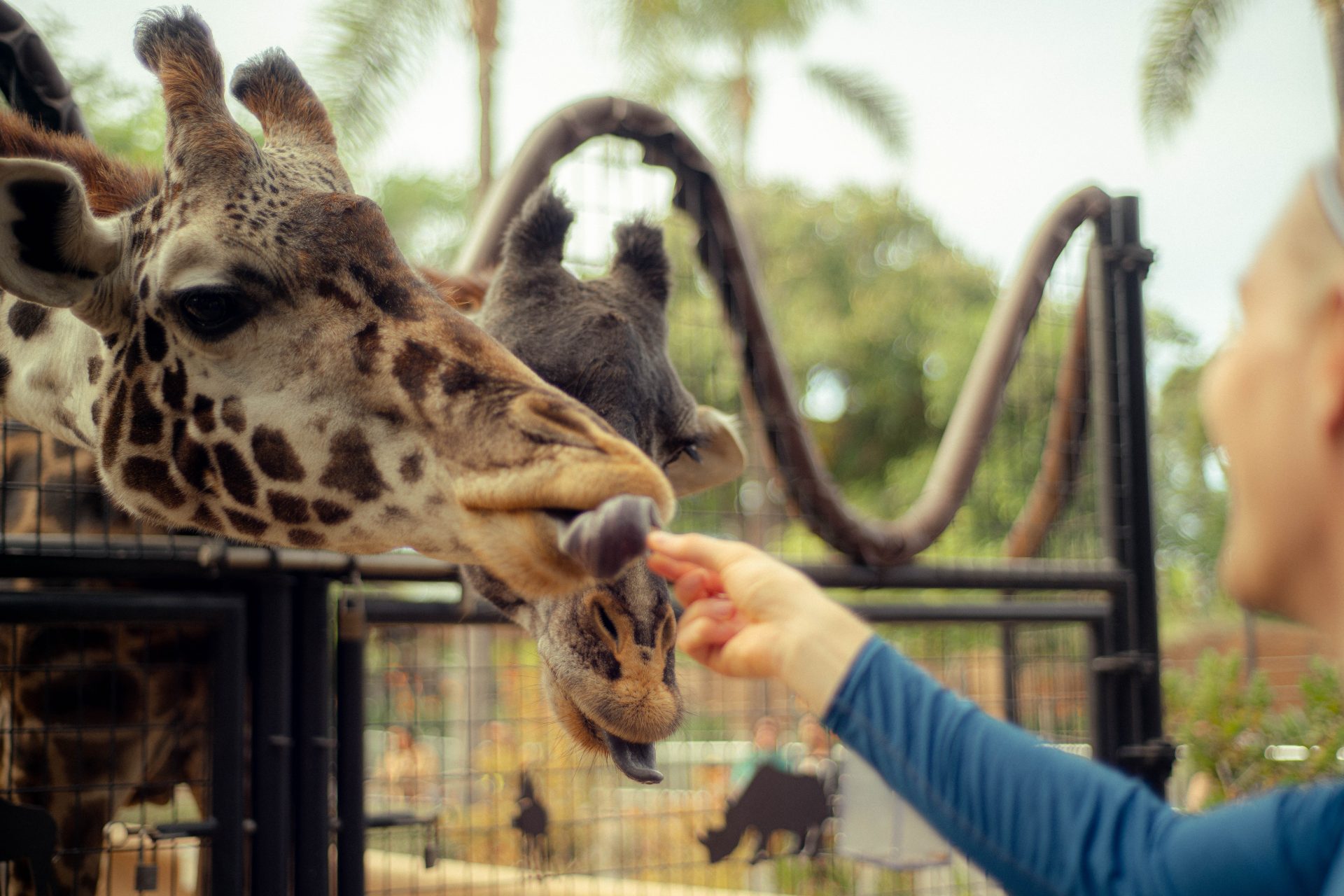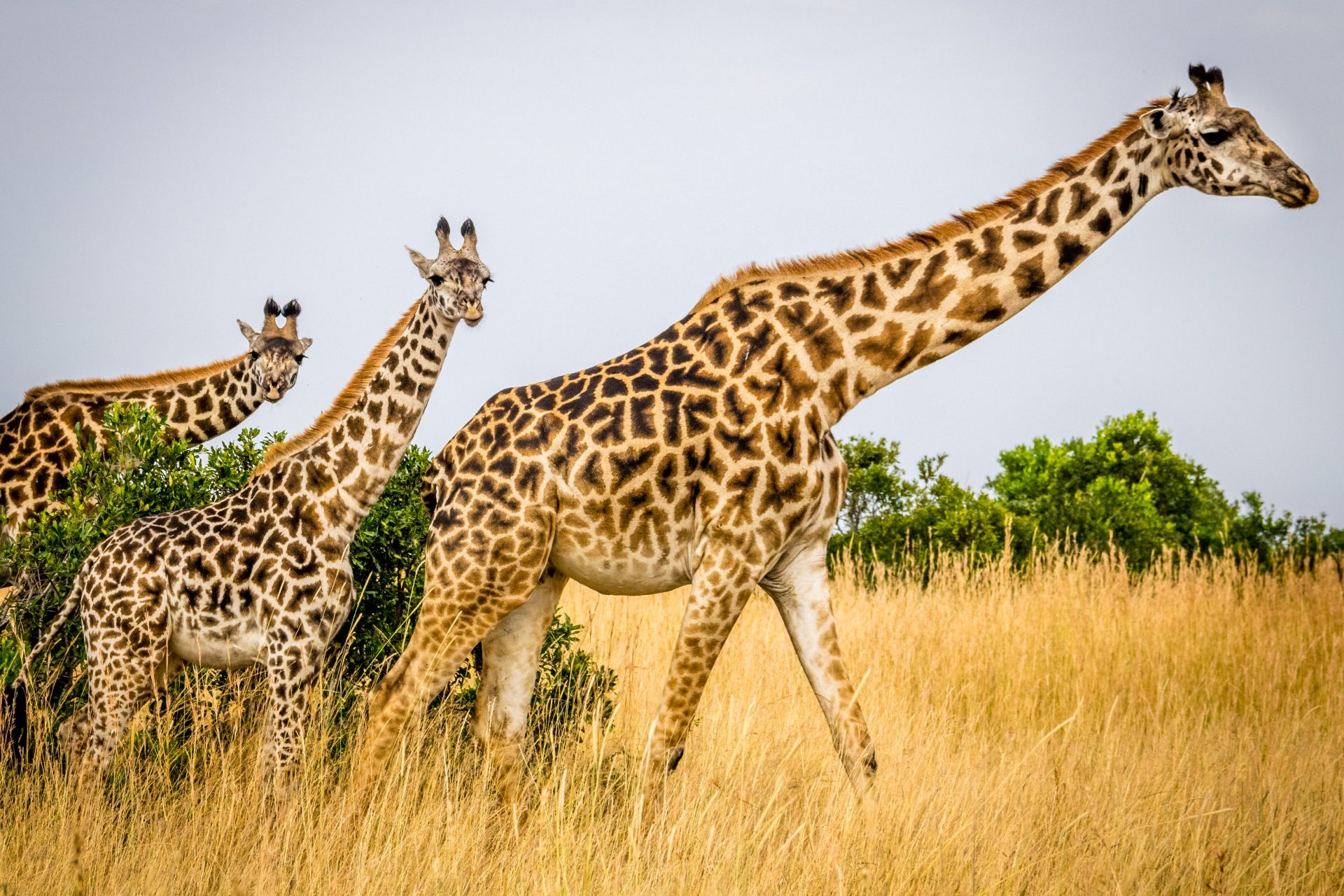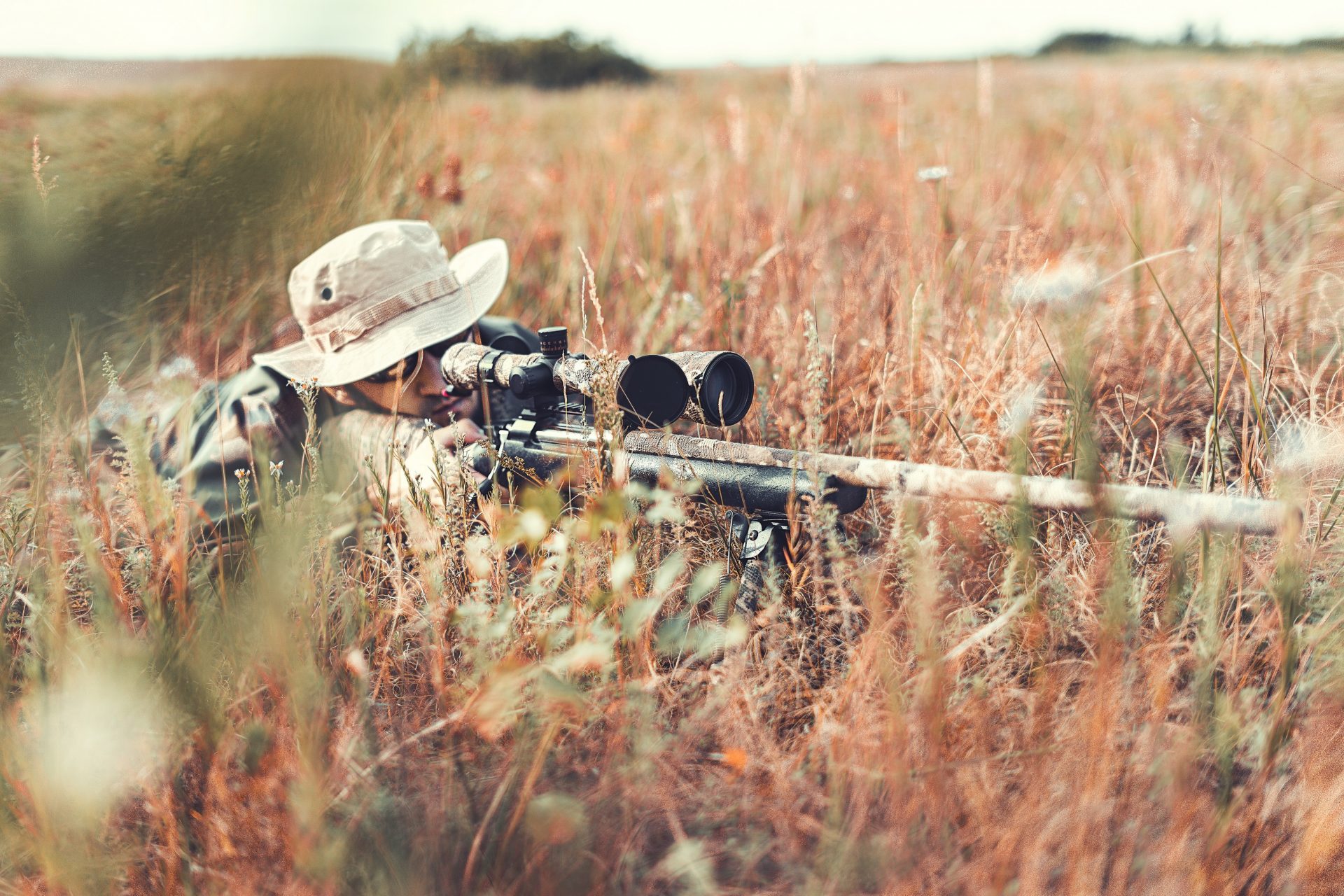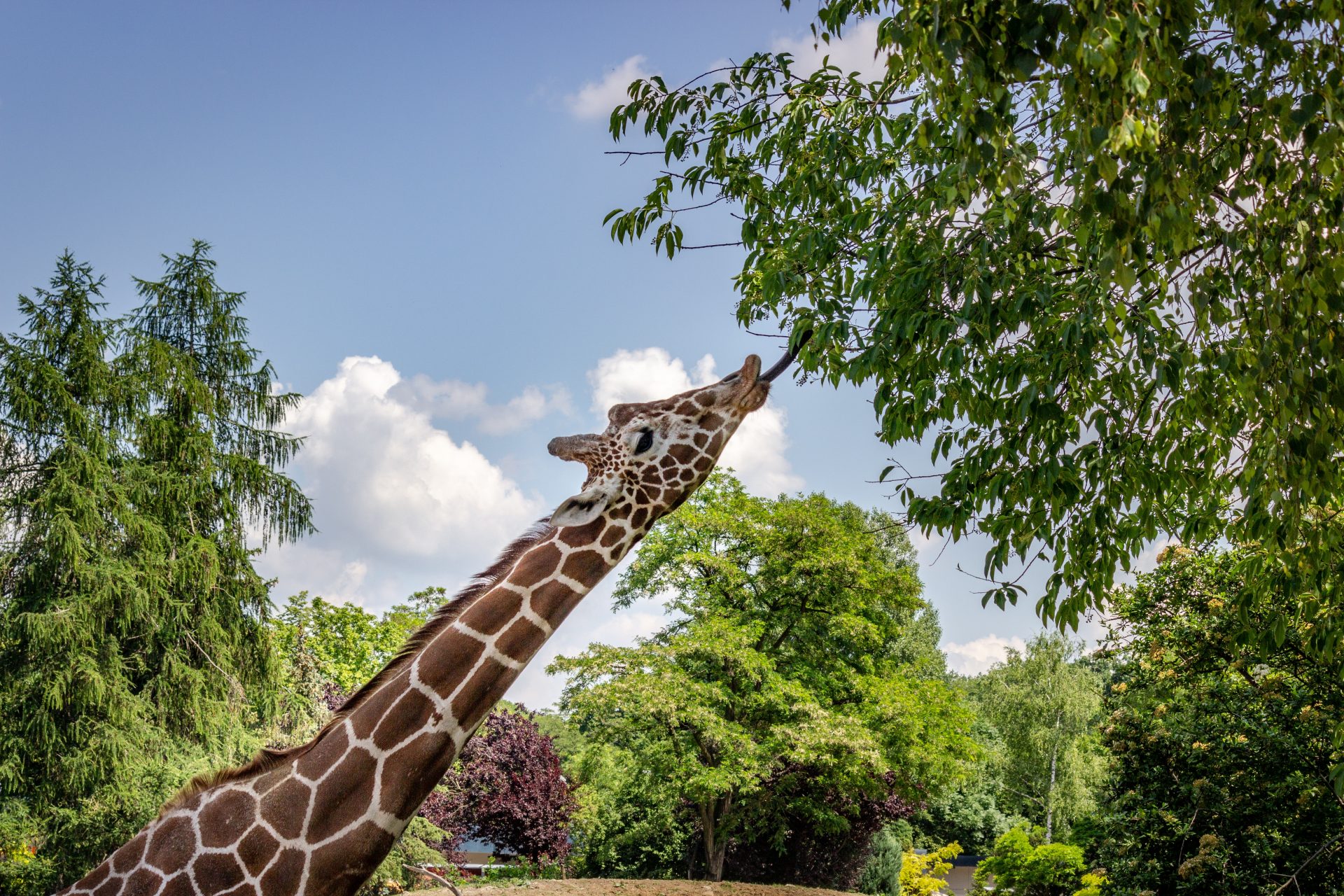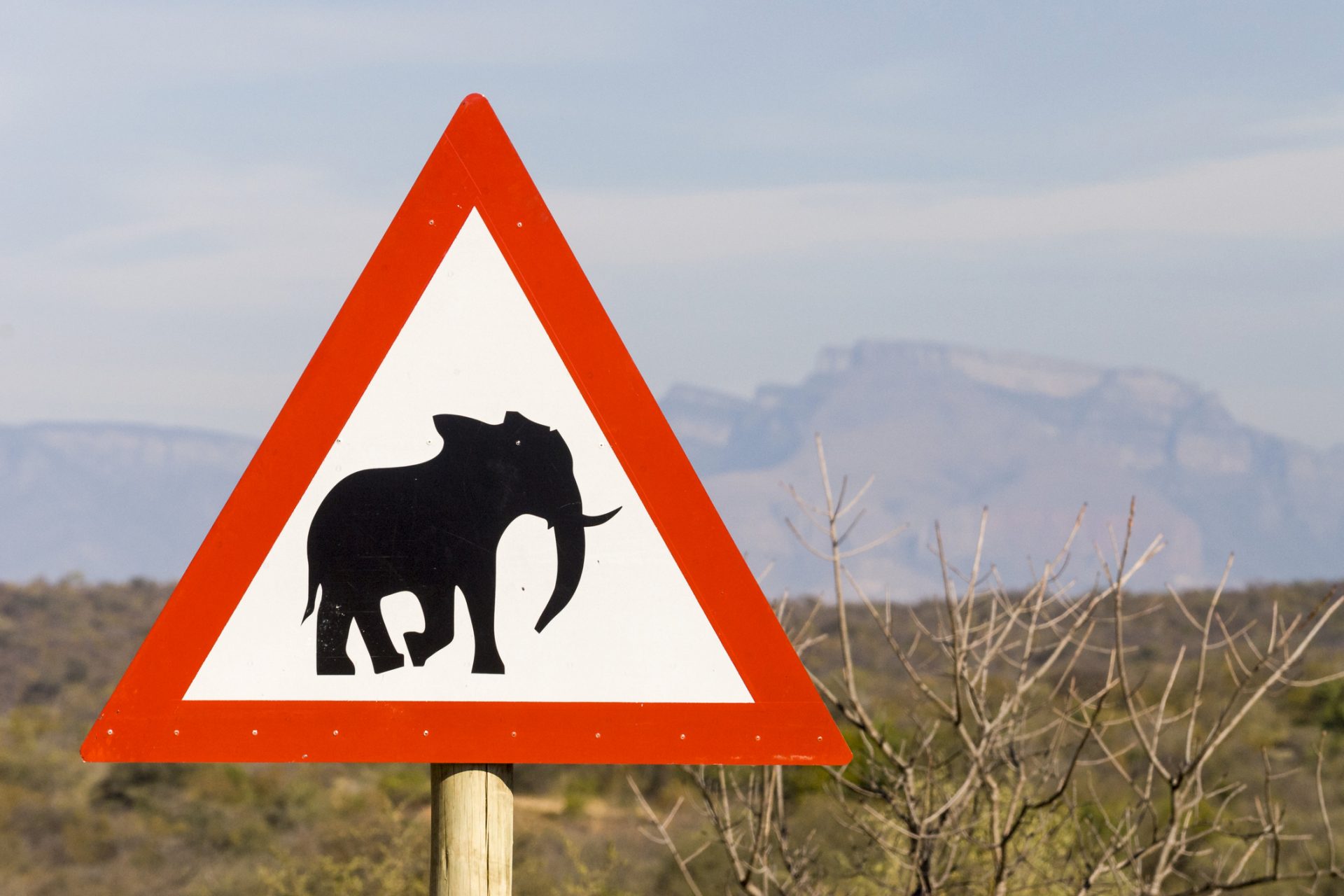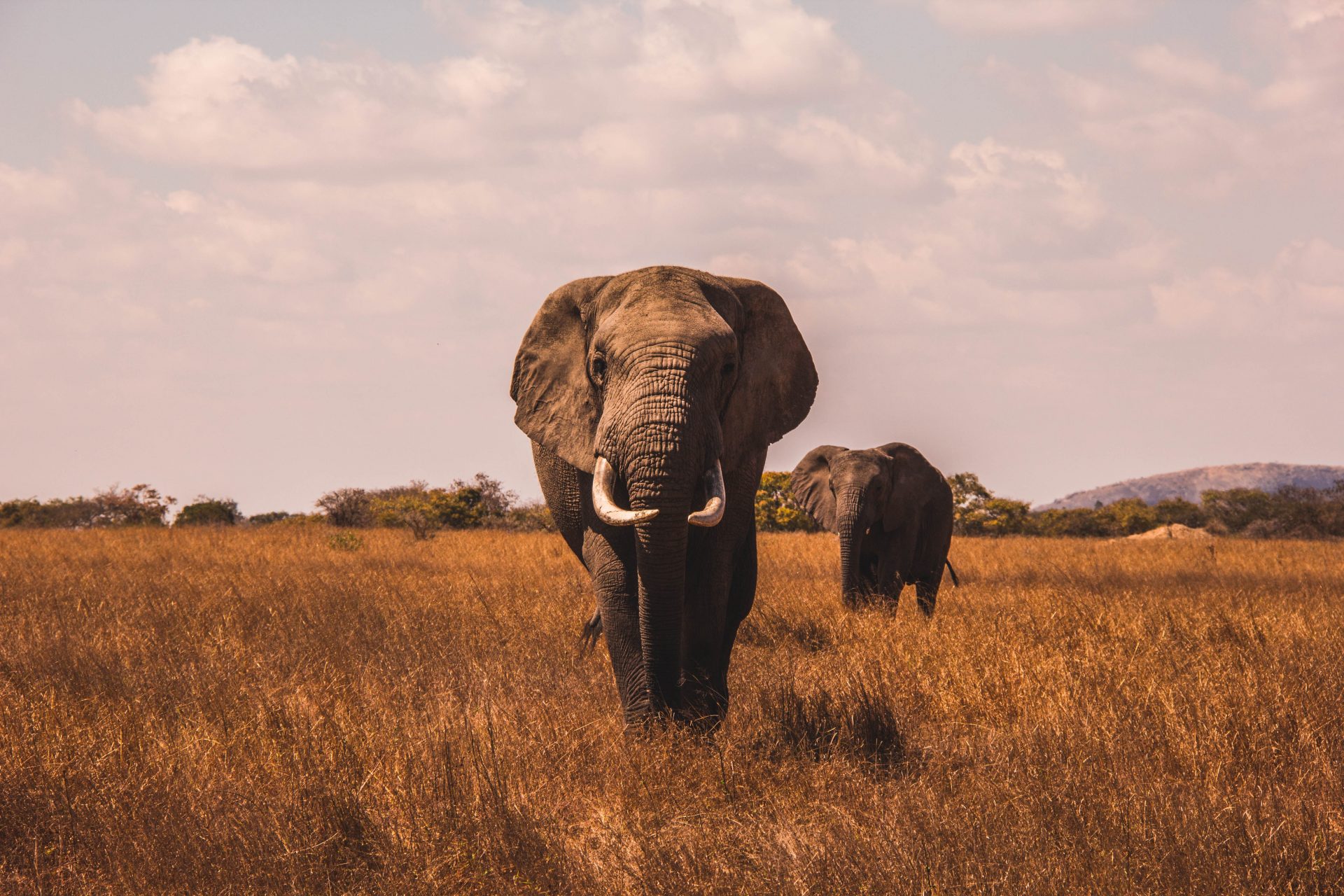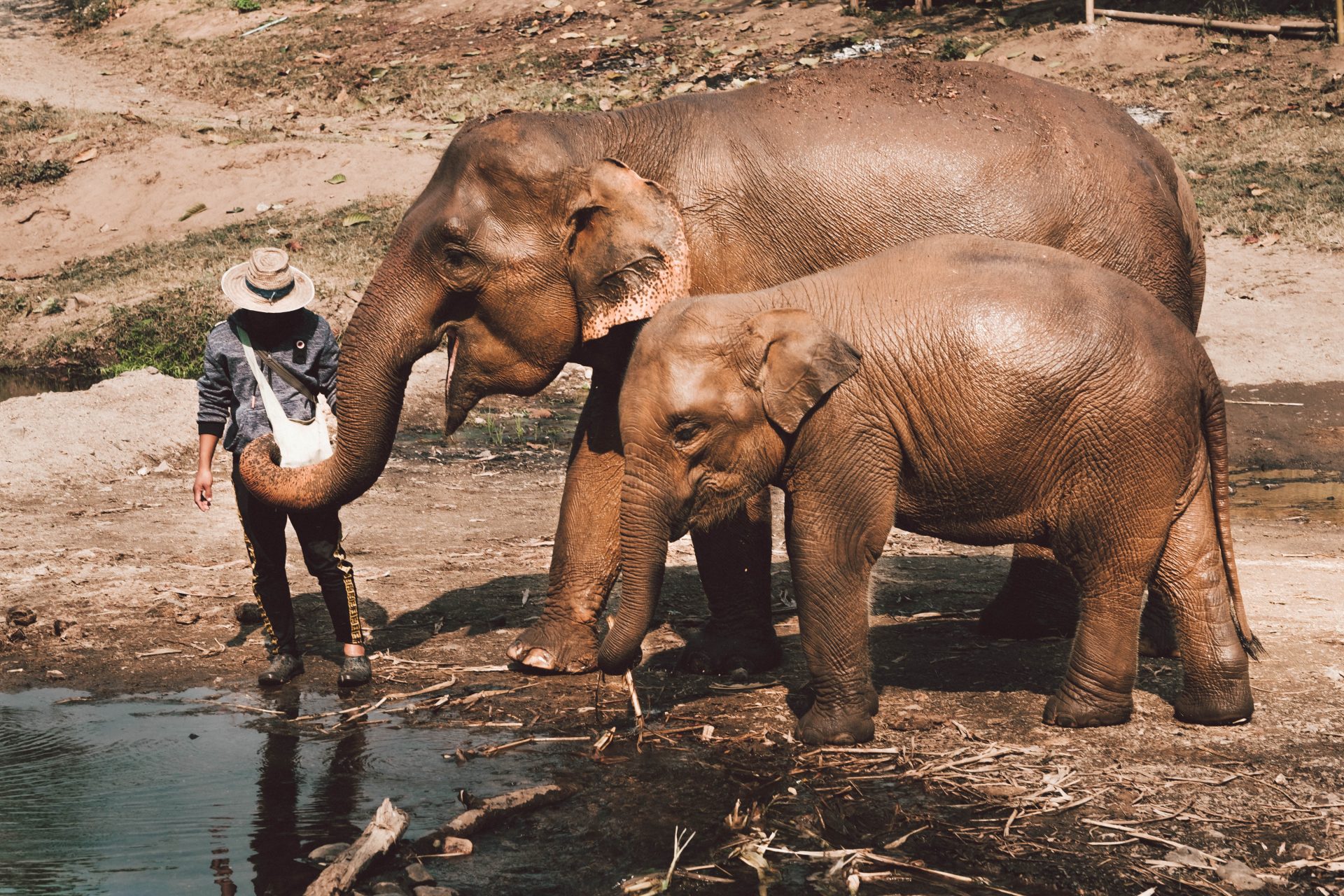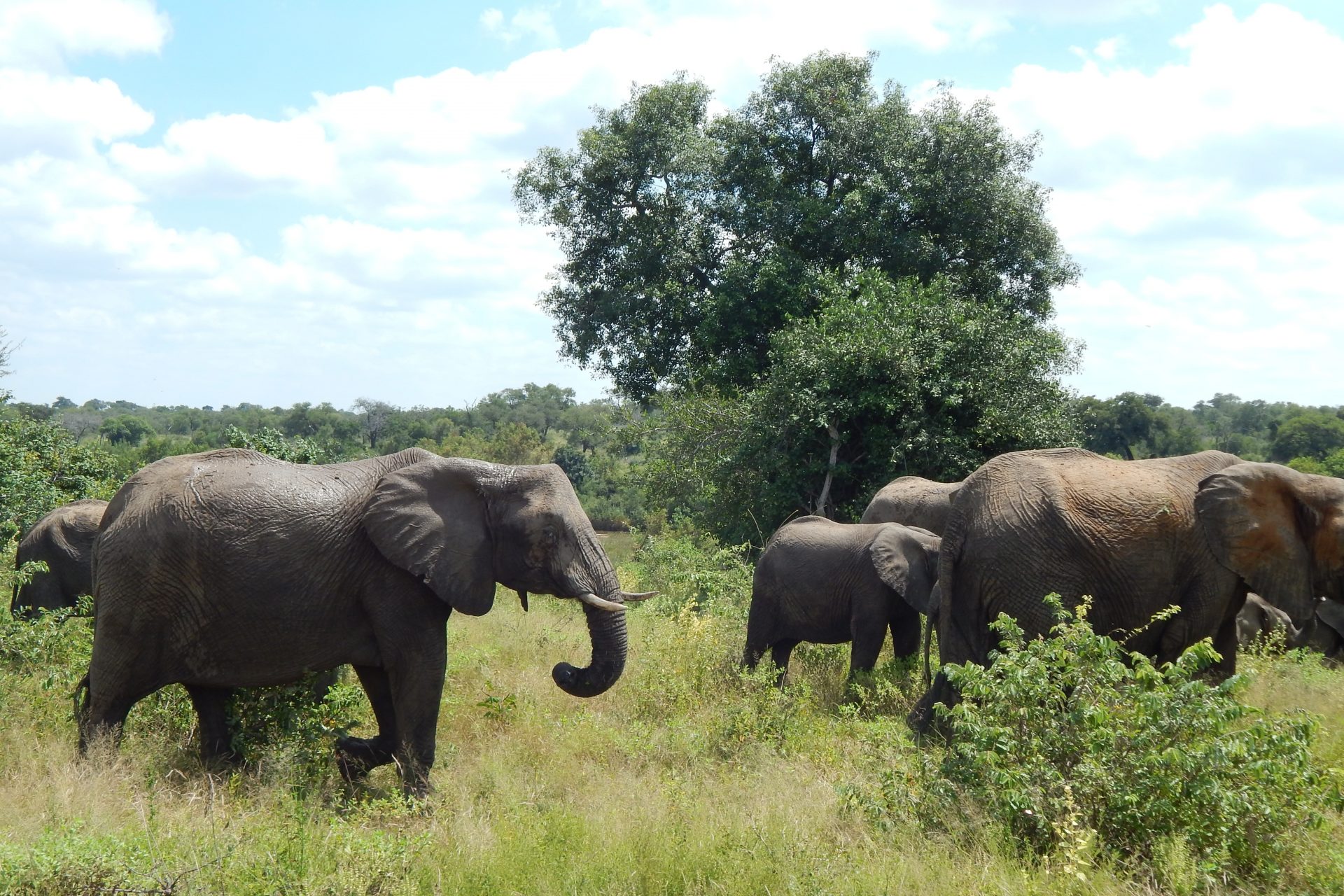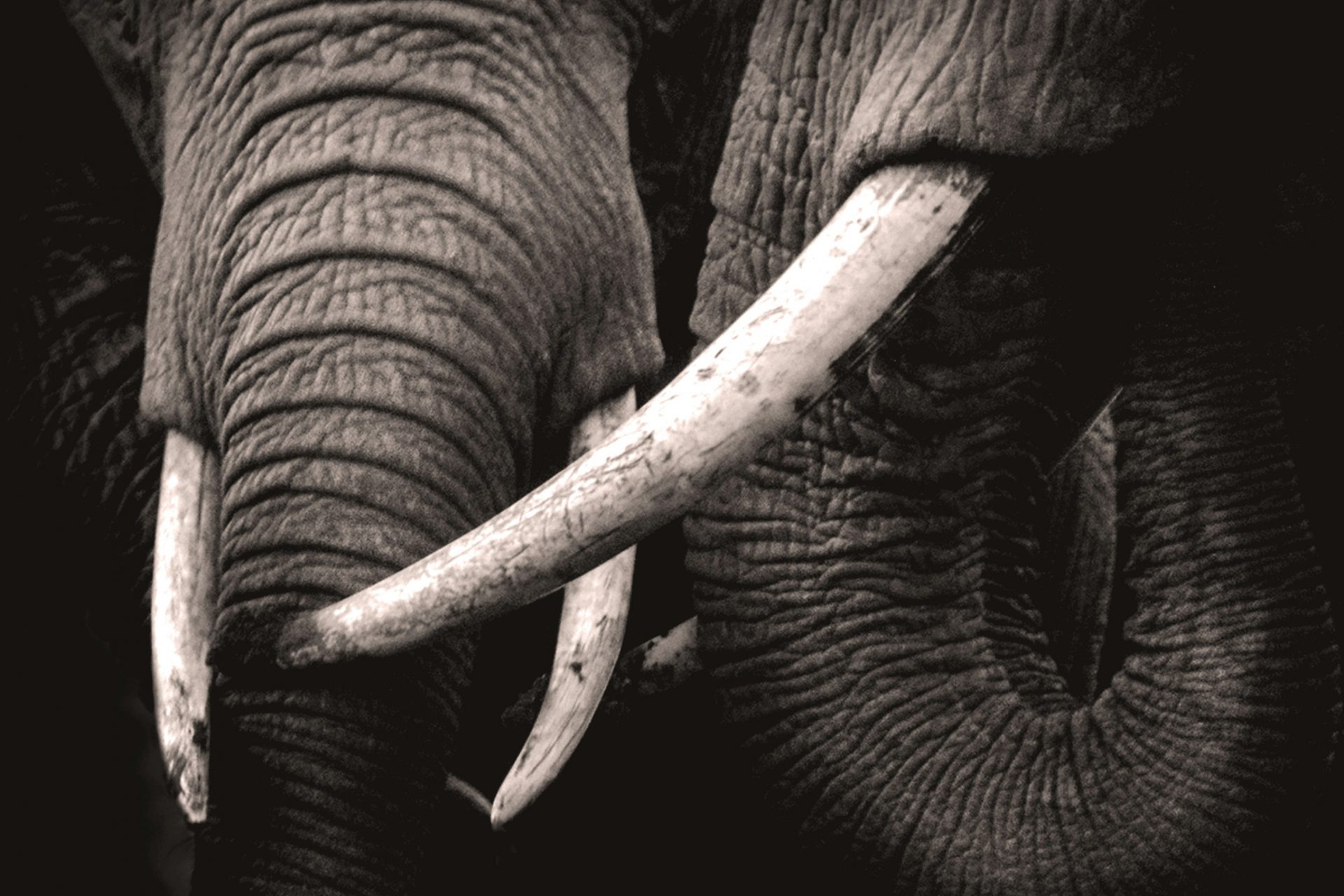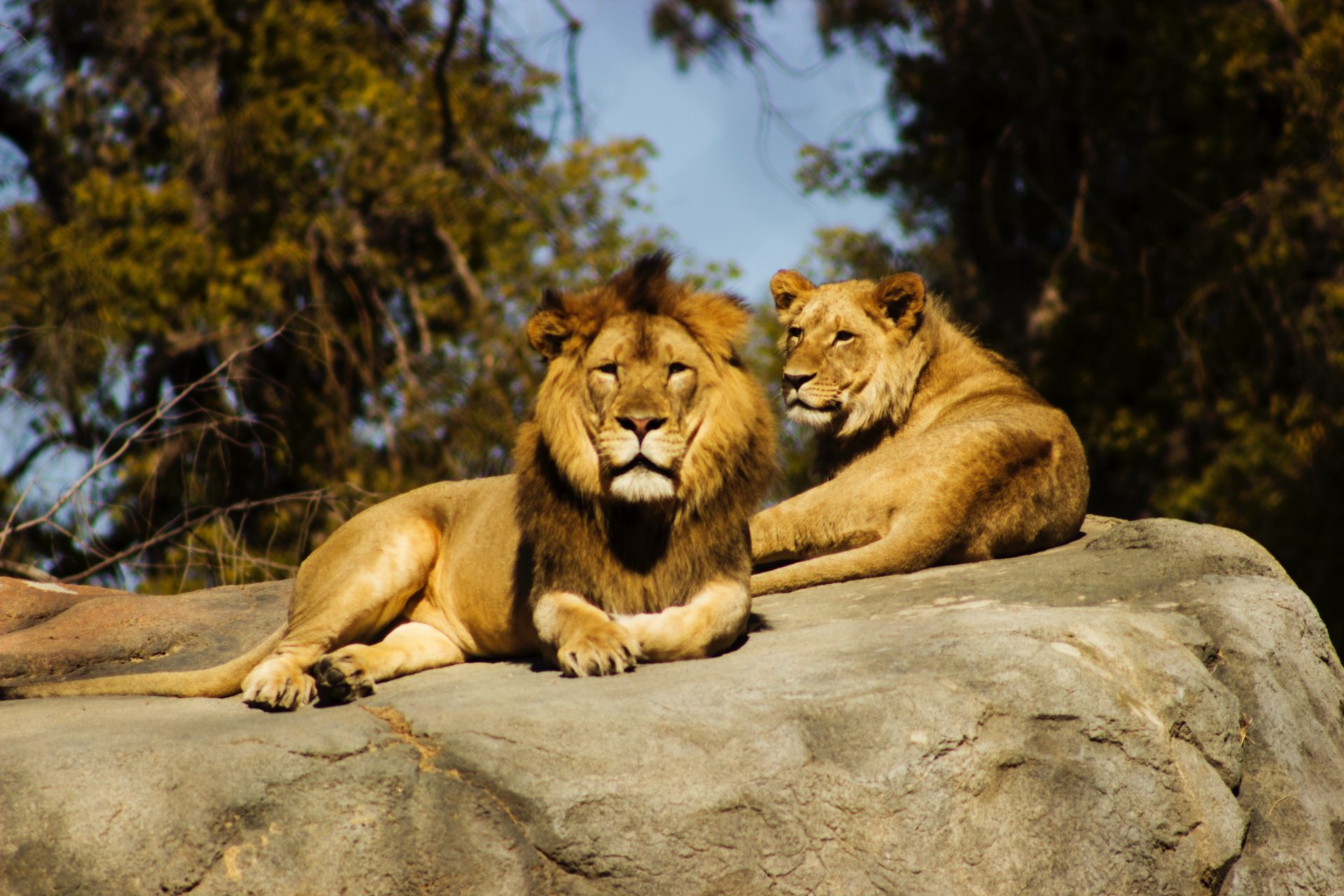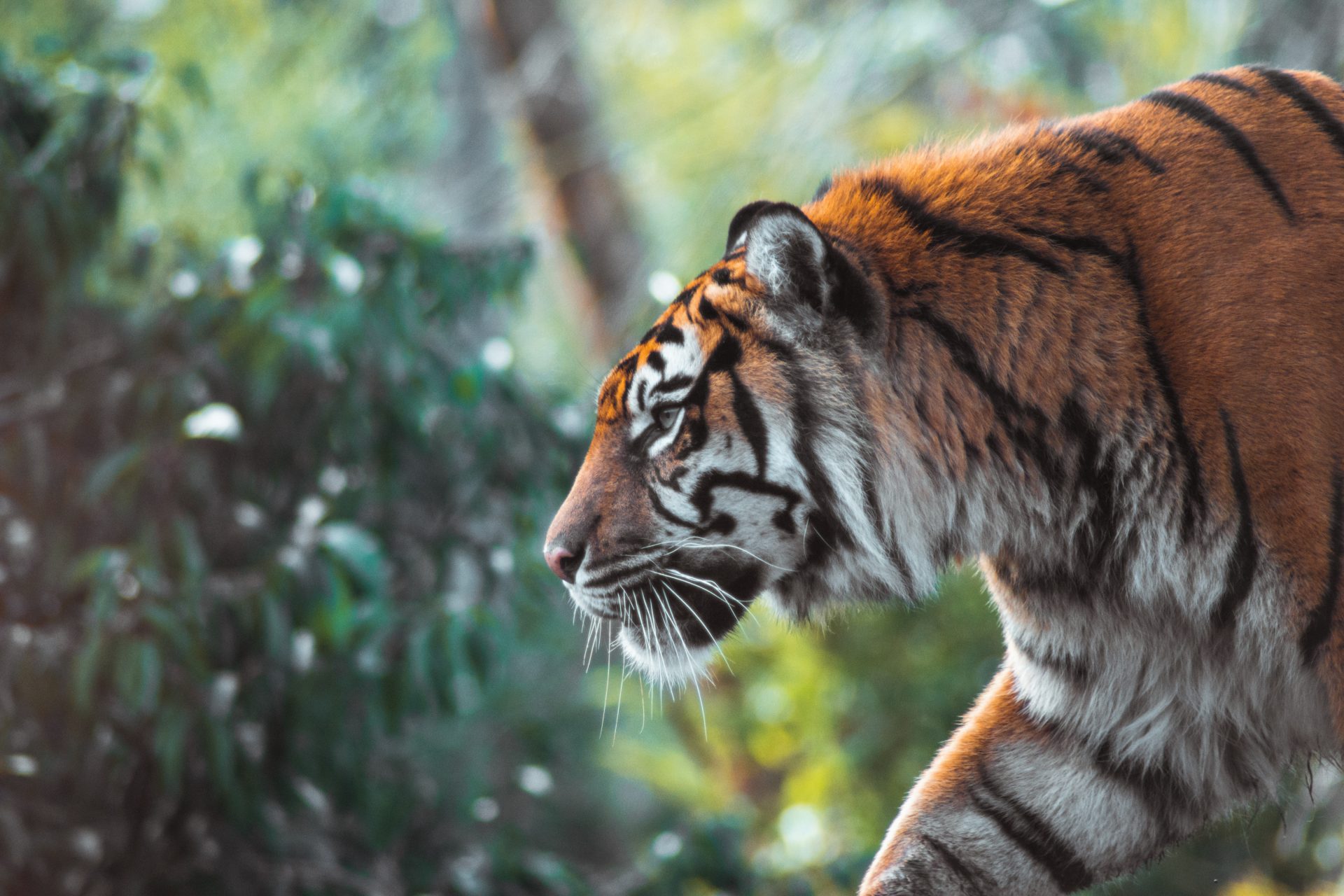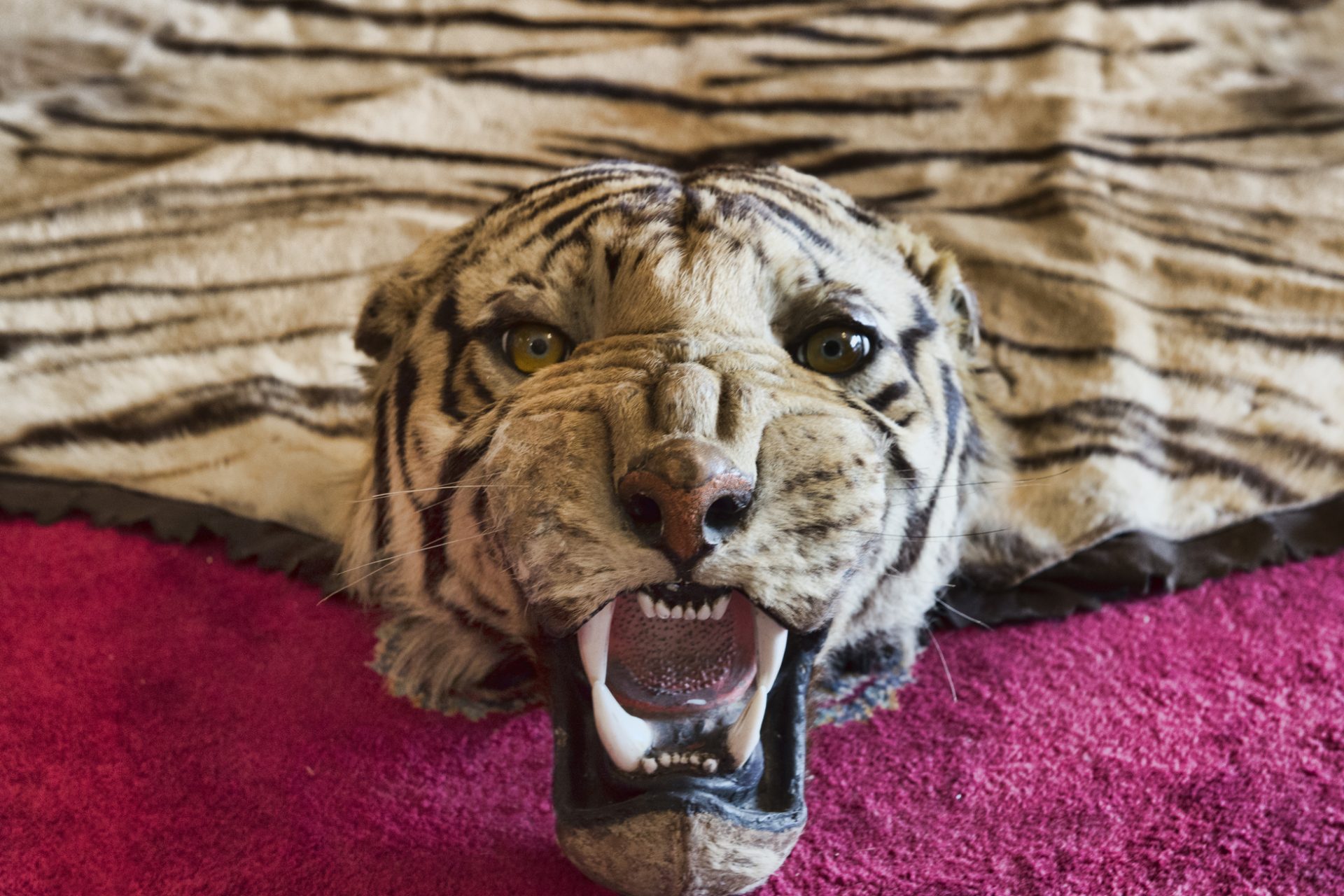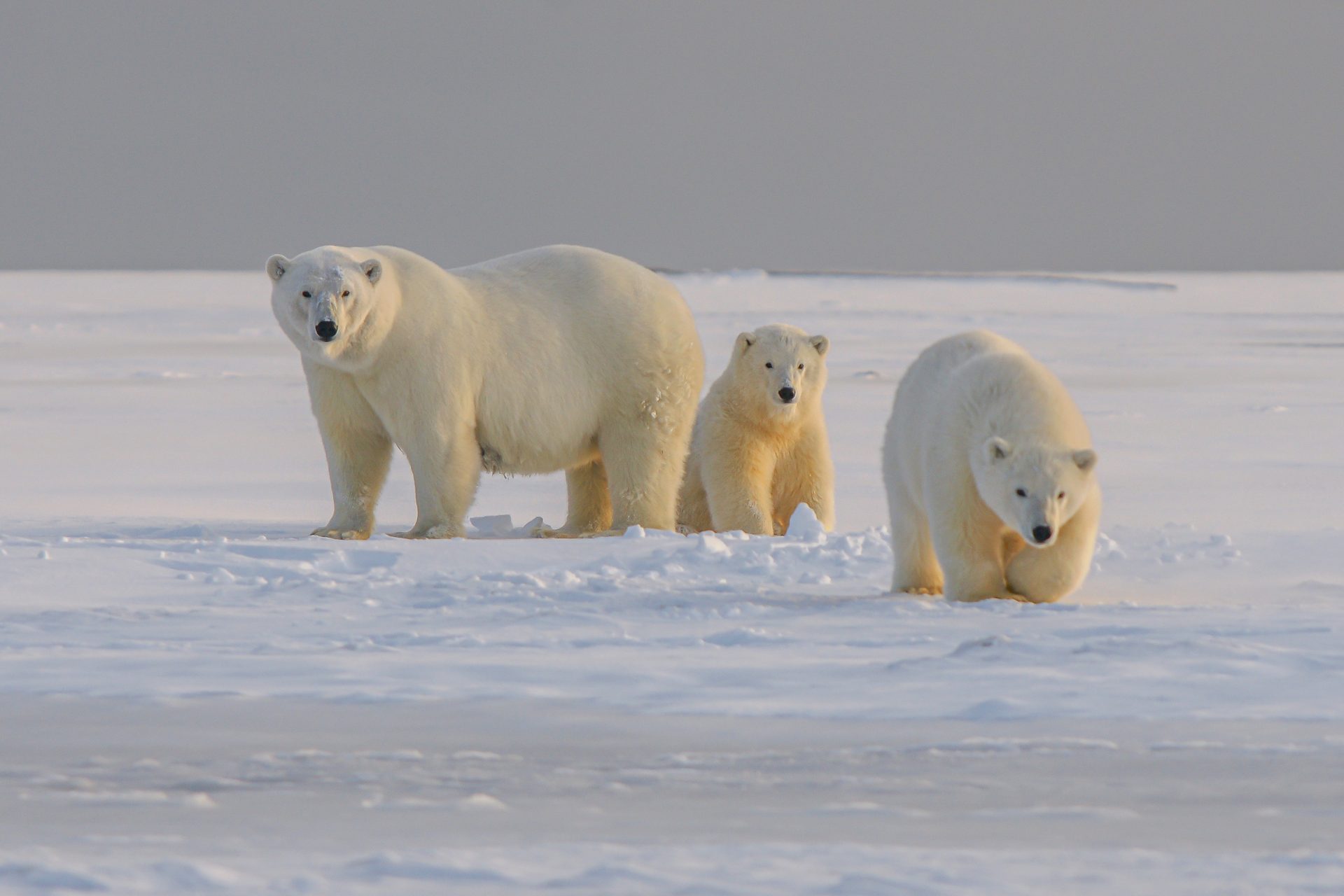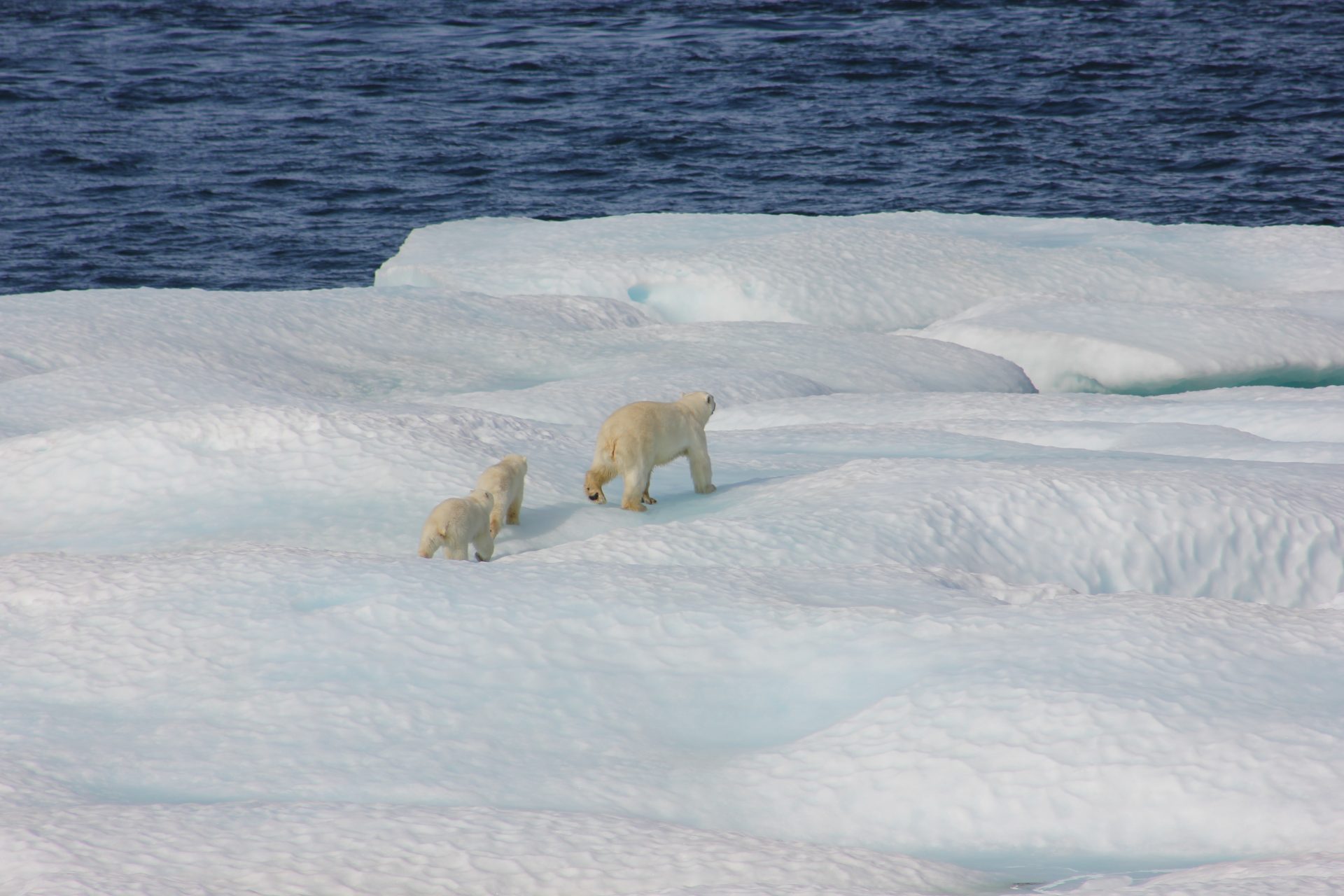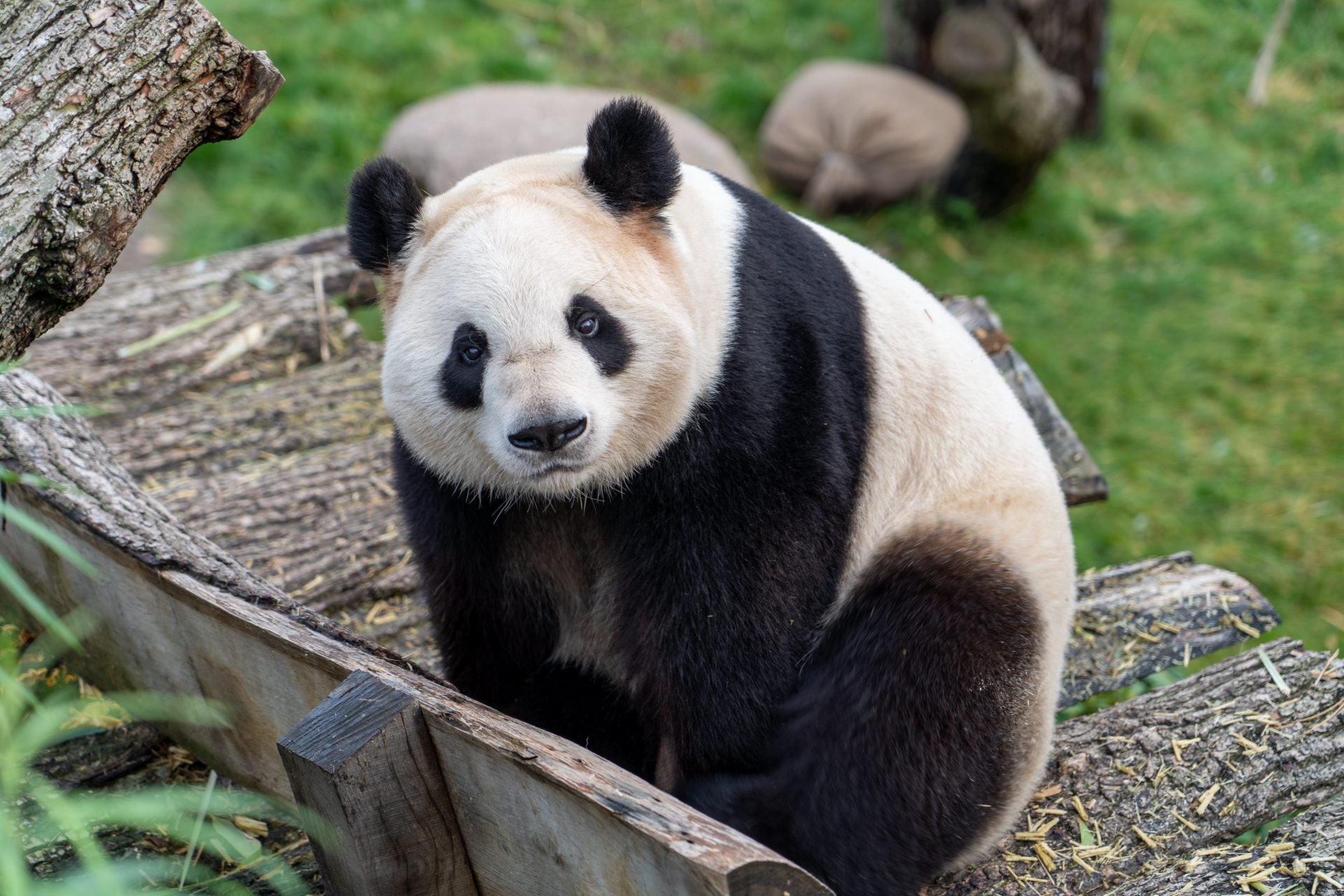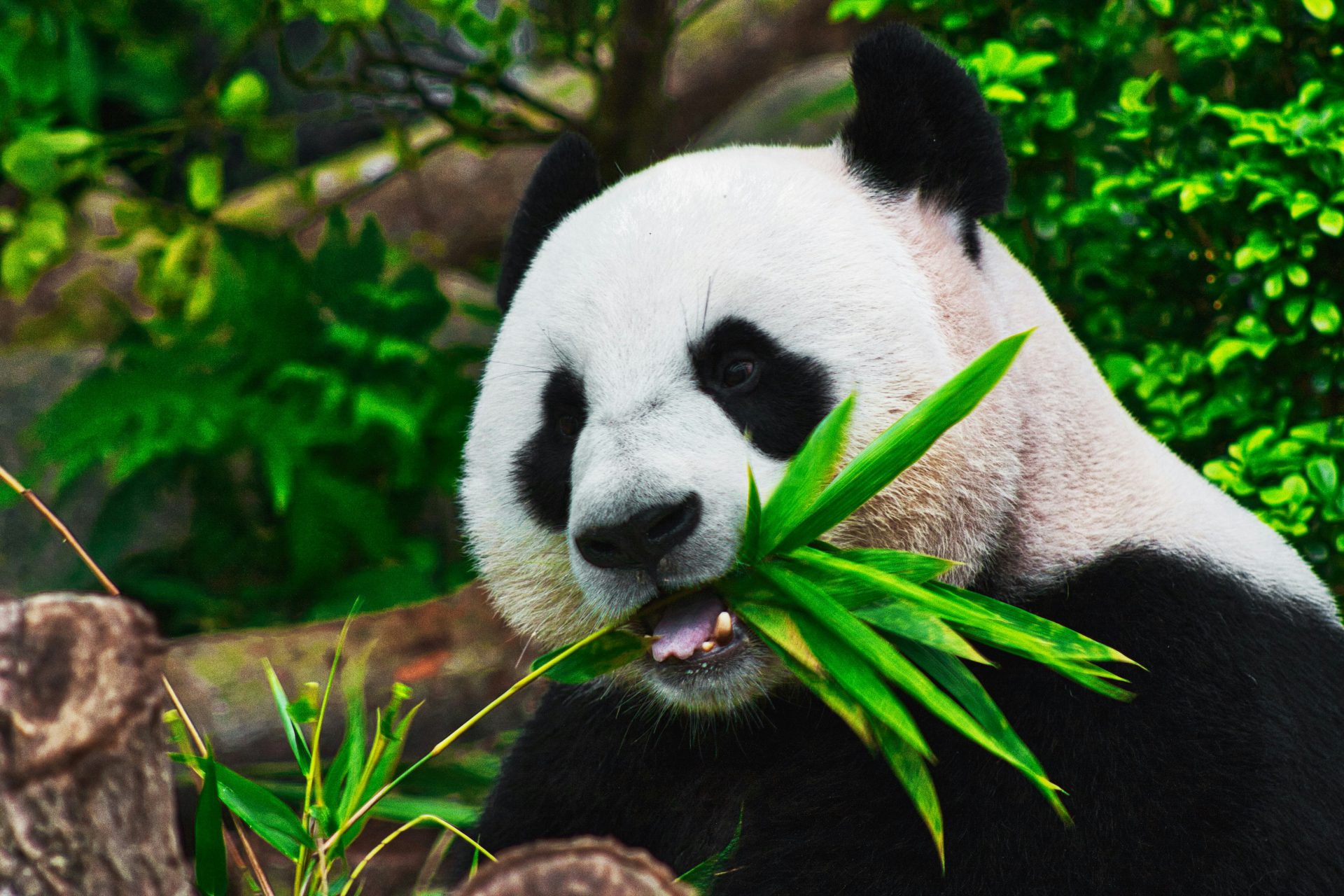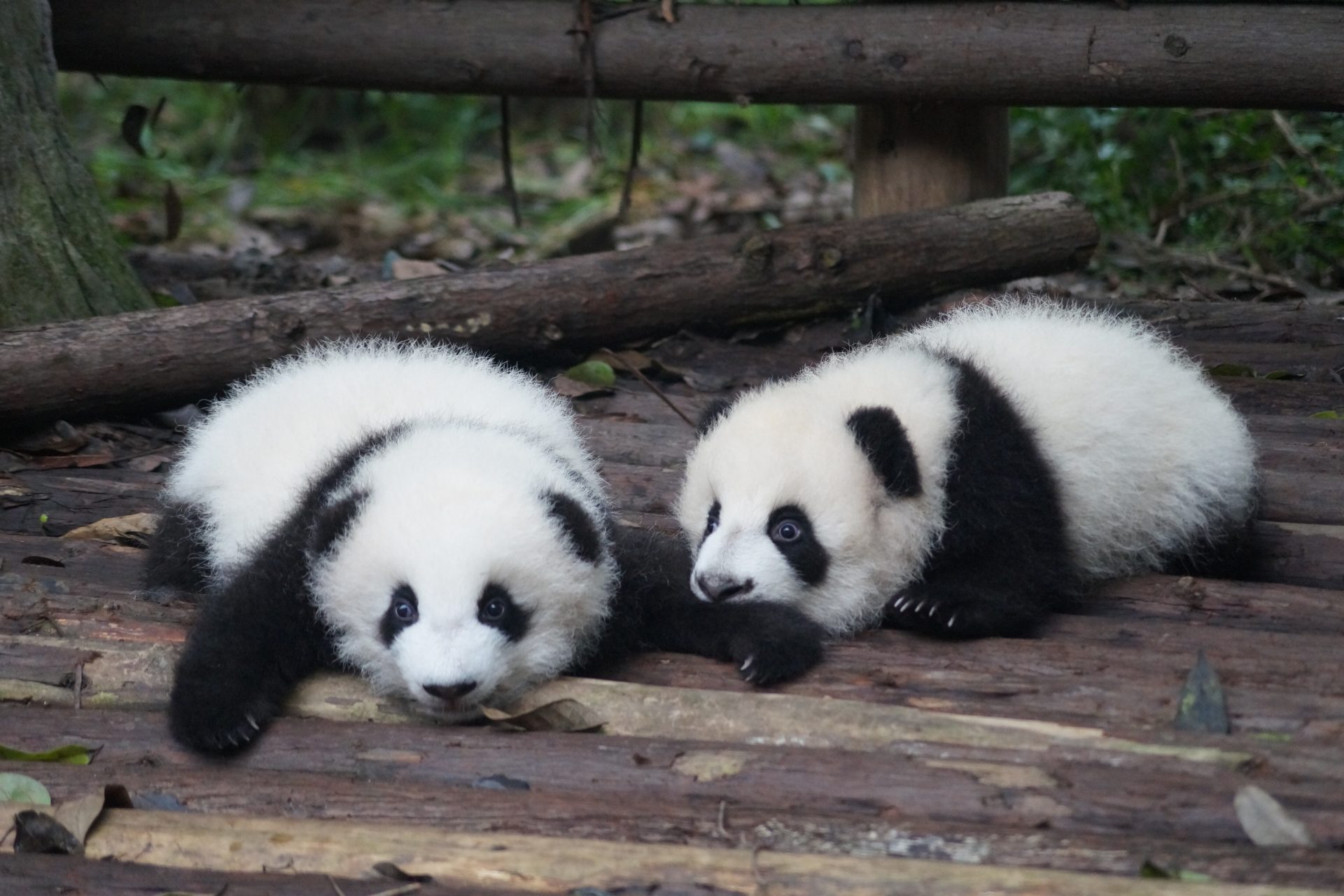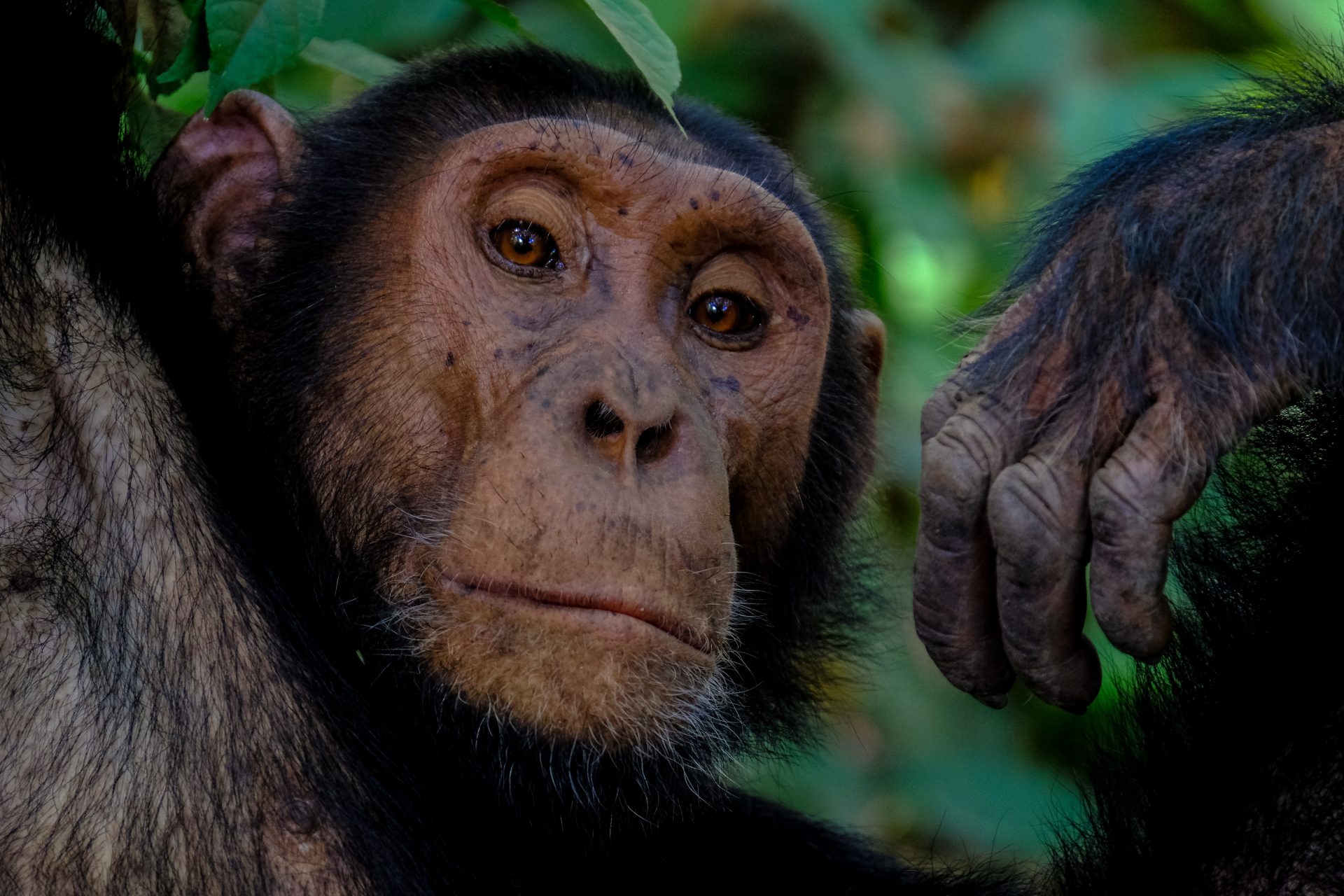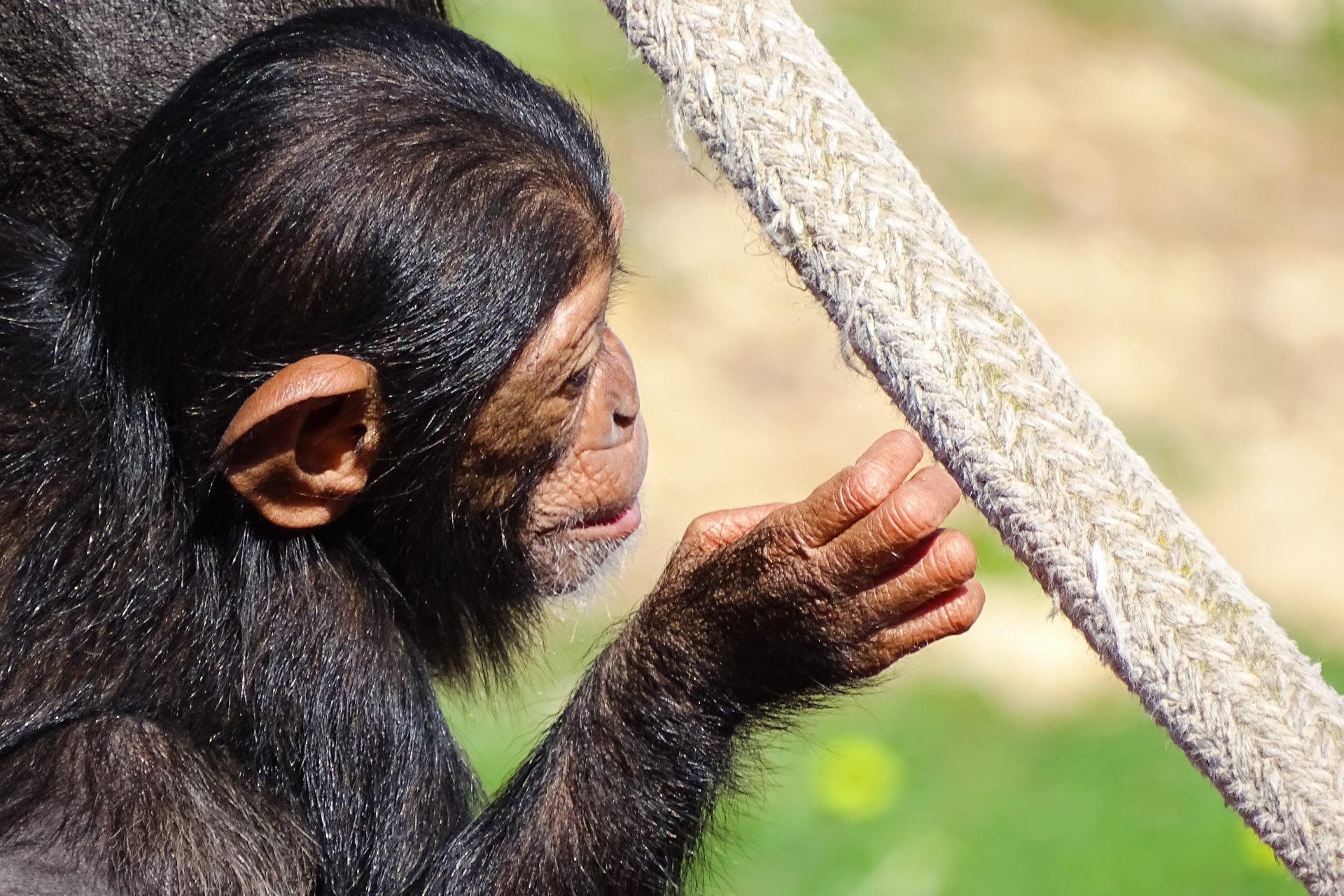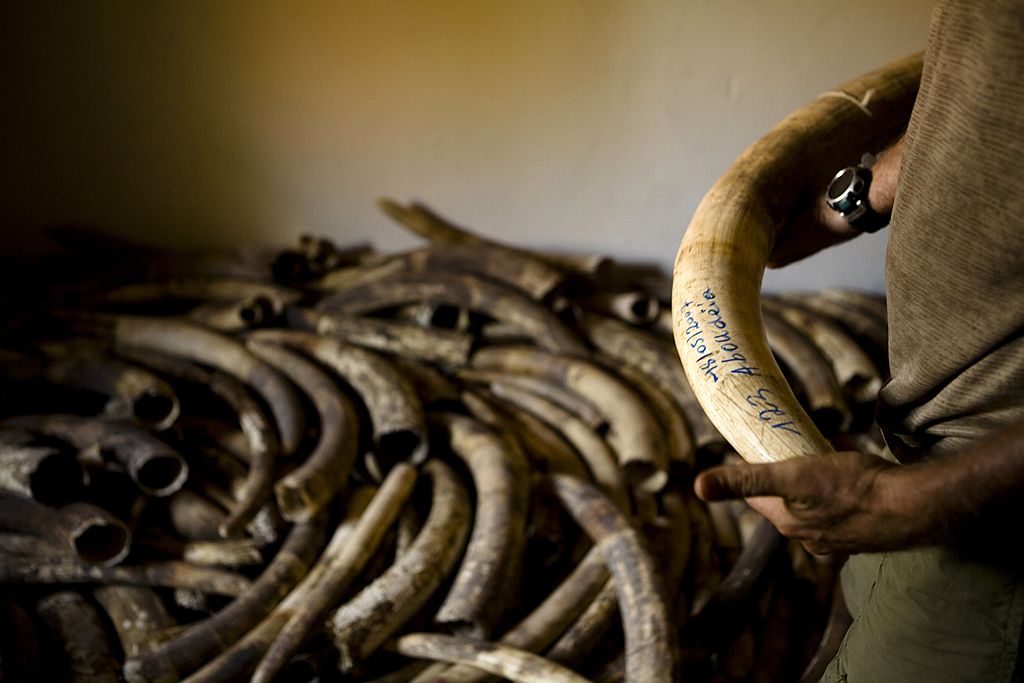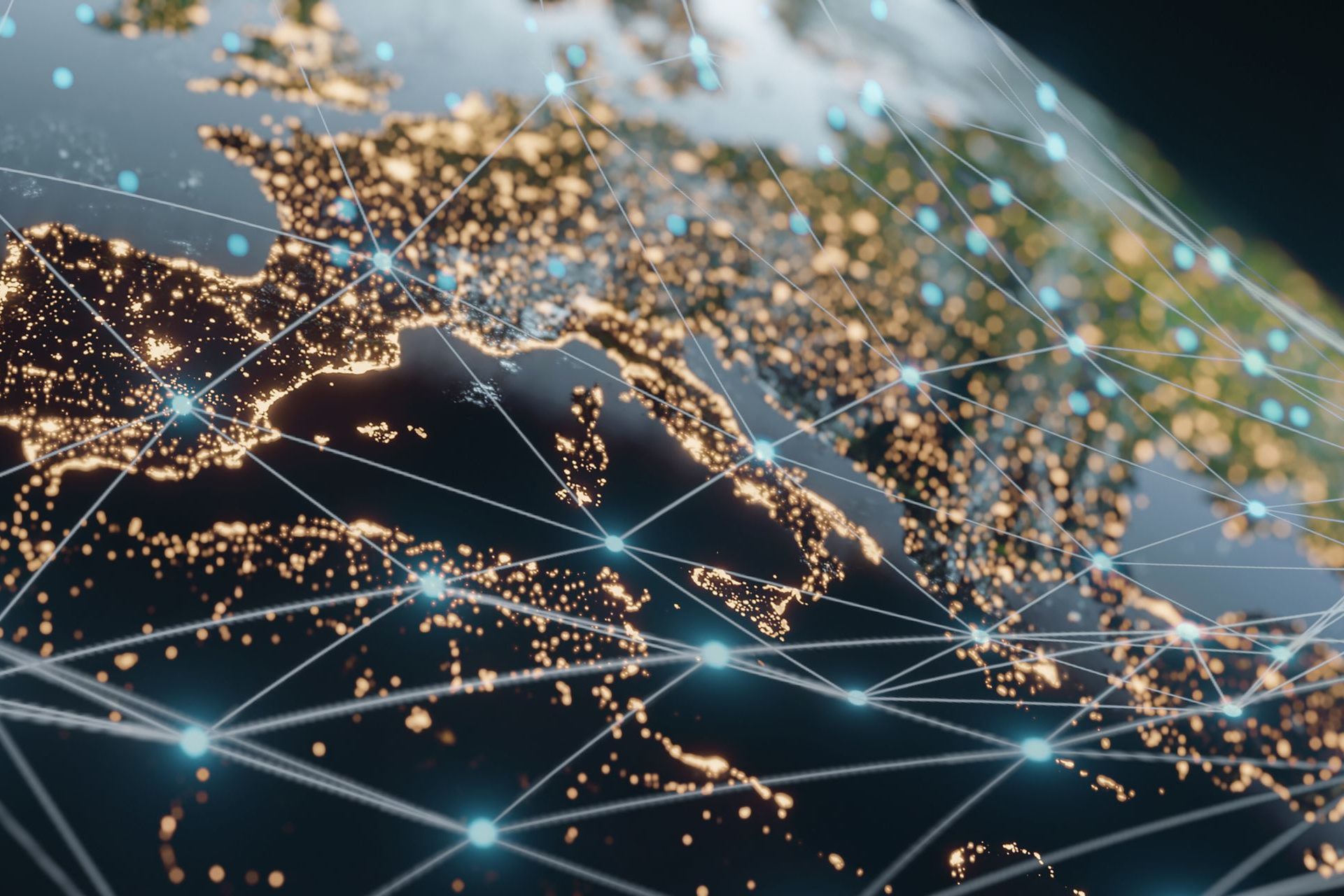At risk of extinction since 2016
The giraffe, the tallest land animal, is at risk of extinction since 2016, but not a lot of people seem to know that.
A “silent extinction”
Scientists have called this phenomenon a “silent extinction”; the rapid decrease of a species that seems to go unnoticed.
Photo: Harshil Gudka/Unsplash
We think species we see in zoos are not threatened
“There’s a strong tendency to think that familiar species (such as giraffes, chimps, etc.) must be OK because we see them in zoos,” conservation biologist Stuart Pimm told CBS News.
Photo: Troy Spoelma/Unsplash
Vulnerable to extinction
However, this is not the case at all. Giraffes are categorized as ‘vulnerable’ to extinction by the International Union for the Conservation of Nature (IUCN) which says there are only about 68,293 giraffes left.
Photo: Sutirta Budiman/Unsplash
Human activity: the main cause for giraffe decline
Giraffe populations are rapidly declining with human activity named as the main cause, according to the Natural History Museum. Habitat loss and illegal poaching have left this gentle giant at risk of extinction.
Photo: Maxx/Unsplash
It’s not only giraffes going through a “silent extinction”
And giraffes are not the only mammal going through a “silent extinction”. The IUCN’s ‘red list’ points to many others that one wouldn’t normally suspect.
Photo: Slawek K/Unsplash
The IUCN’s nine categories for species
The IUCN has nine categories for species: not evaluated, data deficient, least concern, near threatened, threatened, which includes three subcategories; vulnerable, endangered and critically endangered; and finally extinct in the wild, and extinct.
Threatened species of mammals
Besides giraffes, these are some of the majestic mammals that the IUCN categorizes as threatened (either vulnerable, endangered or critically endangered):
Photo: AJ Robbie/Unsplash
Two species of elephants, both endangered
There are two species of elephants in the world: the African forest elephants and the Asian elephants (pictured), and they are both in the IUCN ‘red list’.
Photo: Kym Ellis/Unsplash
Endangered and critically endangered
While the organization categorizes the Asian elephants as ‘endangered’, African forest elephants (pictured) are considered ‘critically endangered’ by the organization and both populations are currently decreasing.
Photo: Josie Weiss/Unsplash
Poaching for ivory and habitat loss
In the case of the biggest land mammal in the world, poaching for ivory and loss of habitat are the main causes of population decline, according to the World Wide Fund (WWF).
Photo: Bisakha Datta/Unsplash
Lions
The IUCN categorizes lions as ‘vulnerable’ and their population as decreasing. According to the conservation organization there are between 23,000 and 39,000 “mature individuals”.
Photo: Jeremy Avery/Unsplash
Tigers
Another feline, whose decreasing population goes unnoticed, is the tiger. They are considered ‘endangered’ by the IUCN and there are only between 2,608 to 3,905 left while currently decreasing.
Photo: Clovis Wood/Unsplash
Poaching and retaliatory killings
Like other threatened species, tigers face poaching and habitat loss. Moreover, they have to compete for space with often dense human populations and face retaliatory killings, according to the WWF.
Polar bears
The IUCN categorizes polar bears as ‘vulnerable’ and according to the WWF there are between 22,000 and 31,000 individuals left.
Photo: Hans Jurgen/Unsplash
Global warming is melting the polar bears’ habitat
Moreover, according to the Polar bear Center for Biological Diversity two-thirds of the world’s polar bears could be extinct by 2050 if greenhouse gas-fueled global warming keeps melting their artic sea-ice habitat.
Photo: NOAA/Unsplash
Giant Panda
Another iconic bear that’s threatened is the giant panda. The IUCN categorizes it as ‘vulnerable’, although there are as little as 500 to 1,000 individuals left.
Photo: Lukas W/Unsplash
Infrastructure development has fragmented panda populations
Infrastructure development (such as dams, roads, and railways) has fragmented and isolated panda populations, preventing them from finding new bamboo forests and potential mates, according to the WWF.
Photo: Sid Balachandran/Unsplash
Panda population is increasing
However, it’s not all bad news regarding Giant pandas because their population is currently increasing, according to the IUCN and Chinese authorities have increased the number of panda reserves in recent years.
Photo: Pascal Muller/Unsplash
Chimpanzee
Another mammal we would not expect to be threatened is the chimpanzee, but the IUCN categorizes them as endangered and say their population is decreasing.
Photo: Francesco Ungaro/Unsplash
Commercial hunting for bushmeat
The main causes for chimpanzees’ nearing extinction is deforestation and commercial hunting for bushmeat, according to WWF. Moreover, chimps are vulnerable to more than 140 human diseases, according to Wildlife Conservation Society (WCS).
Can these animals be saved from extinction?
These are just some of the mammals that human activity is driving towards extinction. Scientists say that there are available solutions. The question, however, lies in the political will to carry them out.
In the photo, confiscated illegal elephant tusks.



